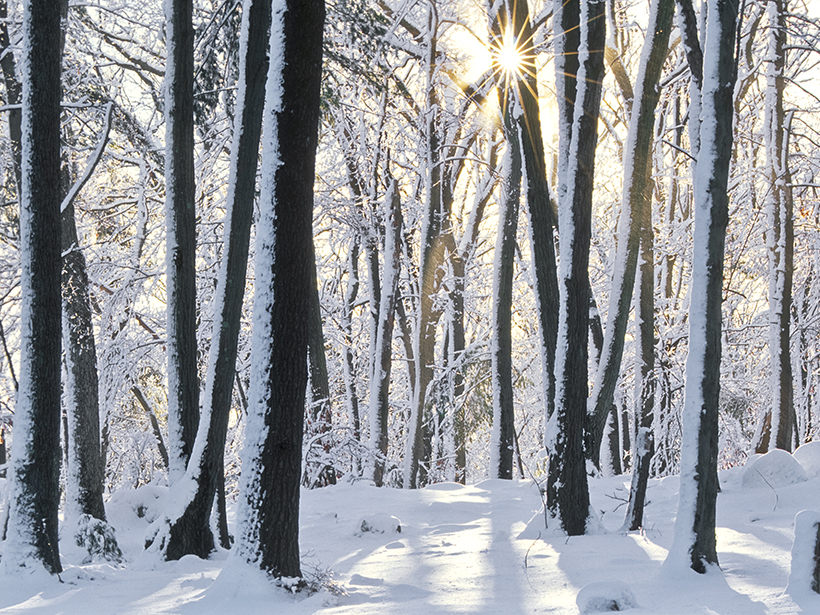PURRS: The Pet-Based Urban Rapid Response to Shaking.
Hello friends, today I will be using my expertise as a seismologist to tell you how to make an earthquake early warning system out of cats.
Thread:
— Celeste Labedz (@celestelabedz) November 10, 2019
How does this seismologist spend their weekends? By designing the earthquake early warning system that we deserve (but not necessarily the one that we need). Sadly, this purr-fect system will never come to be.
—Kimberly Cartier, Staff Writer
EPA’s “Secret Science” Plan Is Back, and Critics Say It’s Worse. A leaked draft of the plan shows that the Trump administration wants to give political appointees at the Environmental Protection Agency even more power to ignore scientific results, regardless of the quality of the data.
—Tshawna Byerly, Copy Editor
At Least 1,680 Dams Across the U.S. Pose Potential Risk. Nearly 1,700 dams nationwide are rated in poor or unsatisfactory condition as of last year, according to a review by the Associated Press of federal data and information from 44 states. There could be even more dams that are problematic, because some states didn’t provide information or haven’t rated all of their dams.
—Randy Showstack, Staff Writer

A quick search revealed that my knowledge of Antarctic research stations is far from complete. Exhibit A: I didn’t know about this place! Wall-to-wall solar panels, wind turbines drilled into bedrock, push-button showers, and a whole lot of insulation—brilliant! “The Princess Elisabeth Antarctica Research Station shows us that these zero-emission lifestyles are within reach.”
—Timothy Oleson, Science Editor
Illegal Pot Operations in Public Forests Are Poisoning Wildlife and Water. At a trespass grow site in Shasta-Trinity National Forest in California, in addition to thousands of pounds of trash, scientists found fertilizer, rodenticide, and insecticide. One insecticide at the site is so toxic that “a quarter teaspoon could kill a 600-pound black bear,” according to wildlife ecologist Greta Wengert, who is quoted in this article from NPR’s Morning Edition. The food web—and likely aquatic ecosystems as well—is being contaminated at levels that already are resulting in damage to wildlife young.
—Faith Ishii, Production Manager
After the Water. I’m in awe of this powerful multimedia story of a flash flood in Ellicott City, Md. I initially read the piece to understand the disaster itself, but I stayed through the end to see how the city hoped to save itself. Should it move its historic downtown to avoid future disasters from extreme rain? Or should it burrow a tunnel underground for overflow? This is a city wrestling with difficult choices, and I think many of us can relate to that.
—Jenessa Duncombe, Staff Writer
Bacteria May Contribute More to Climate Change As Planet Heats Up.

In a process referred to as a “double whammy,” bacteria and other prokaryotes produce more carbon dioxide as climate warms, plus they evolve rapidly to adapt to higher temperatures. And bacteria make up about half of the Earth’s biomass, so they are mighty adversaries indeed.
—Liz Castenson, Editorial and Production Coordinator
BBC Four Presents Climategate: Science of a Scandal. Ten years ago, a climate research institution’s emails were hacked and distributed to the media out of context to make it sound as if scientists were ginning up the data on climate change. The media handled it poorly, pitting respected researchers trying to explain the context of the complex science against climatic change deniers, and the entire circus likely derailed the Copenhagen Summit that followed soon after. BBC Four is airing a documentary this week on those events and the decade of fallout since.
—Heather Goss, Editor in Chief
In 2029, I Will Worry About the Wind. From the article: “According to the National Weather Service, in sustained 40-mph winds, high-profile vehicles are difficult to control. Small objects may be blown around and should be secured, and here’s why, because I did the math.
“A five-pound flowerpot, falling from the top of my 12-story building, would strike a pedestrian—likely on the head—at nearly 70 mph…. More benignly, when the winds exceed 40 mph, the meteorologist might recommend—and I’m serious—that people wear hard hats.”
—Irene Rogers, Editorial Contributor
New England Winters Are “Losing the Cold.”

It might not feel like it this week, as parts of the United States are being numbed by the cold brought by an Arctic blast, but researchers analyzing data on temperatures, precipitation, snowfall, and snow depth have found that frost, snow-covered, and extreme cold days in the Northeast have declined significantly—by more than 1 day per decade over the past 100 years.
—Faith Ishii, Production Manager
Should This Tree Have the Same Rights as You? Ostensibly a review of the novel Ness, this is really a great Robert Macfarlane think piece on “the new animism,” considering everything from the Lake Erie Bill of Rights to Sir Gawain and the Green Knight. “Critics observe that corporations also have standing as legal persons,” Macfarlane reminds us. “Is it desirable that the Niger Delta might exist in legal affinity with Shell? The plaintiff power of personhood also becomes a liability risk. If a river may bring an action against a factory for polluting it, may a developer in turn sue that river when flood water damages the housing stock?”
—Caryl-Sue, Managing Editor
Citation:
(2019), Pets, pot, prokaryotes, and other recommended reads, Eos, 100, https://doi.org/10.1029/2019EO136503. Published on 14 November 2019.
Text © 2019. AGU. CC BY-NC-ND 3.0
Except where otherwise noted, images are subject to copyright. Any reuse without express permission from the copyright owner is prohibited.

